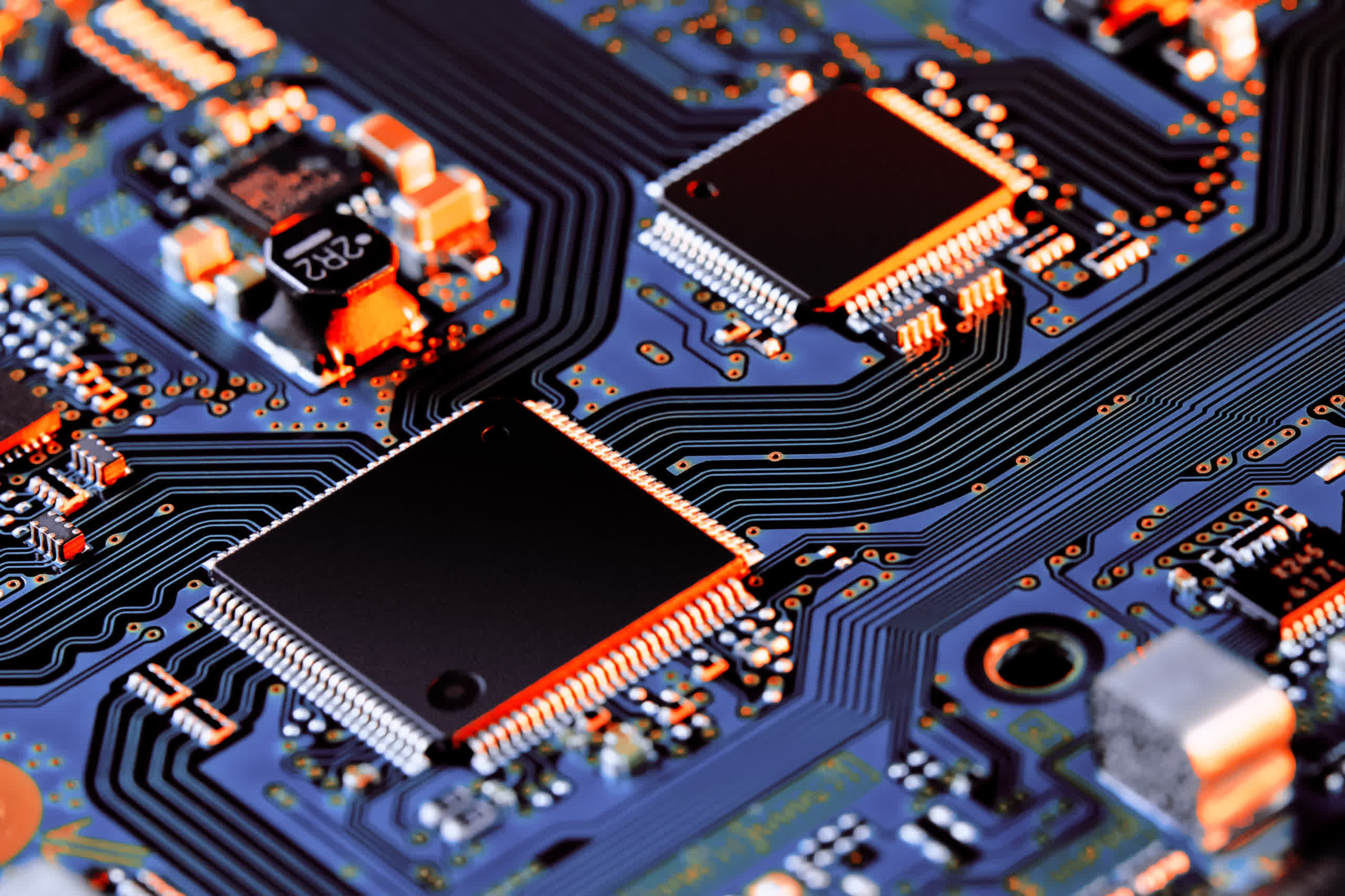- Aug 17, 2014
- 11,112
Speaking ahead of Intel’s Q3 earnings, Gelsinger told CNBC: “We’re in the worst of it now [the semiconductor shortage], every quarter next year we’ll get incrementally better, but they’re not going to have supply-demand balance until 2023.”
Gelsinger joins the likes of auto industry analysts, semiconductor manufacturers, and Flex—the world’s third-biggest electronics contract manufacturer—in predicting the chip shortage will last at least 14 or 15 more months, if not longer.
In addition to the depressing outlook, Intel shares fell 8% on the back of news that its Client Computing Group, which includes its chip-producing business, saw a 2% dip in revenue to $9.7 billion during the quarter ending October 2. The company said its PC sales had fallen primarily because of “notebook ecosystem constraints.”
It’s not just the lack of chips impacting laptop sales—shortages of other components are also causing problems. “We call it match sets, where we may have the CPU, but you don’t have the LCD, or you don’t have the Wi-Fi. Data centers are particularly struggling with some of the power chips and some of the networking or ethernet chips,” Gelsinger explains.

Intel CEO Pat Gelsinger predicts the chip shortage will last until 2023
Speaking ahead of Intel's Q3 earnings, Gelsinger told CNBC: "We're in the worst of it now , every quarter next year we'll get incrementally better, but they're...
 www.techspot.com
www.techspot.com
